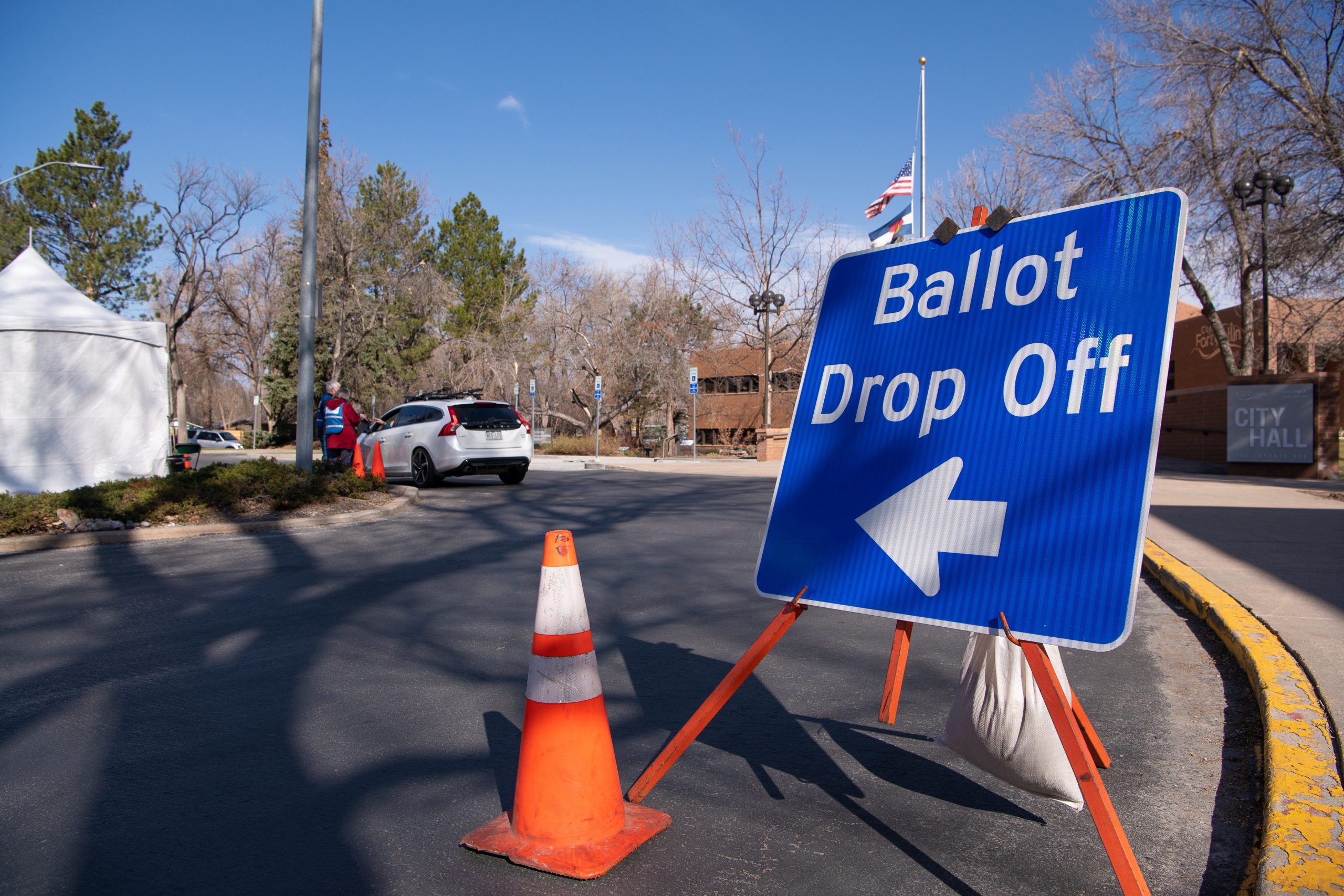| Jacy Marmaduke ∙ The Coloradoan |
Two major changes to city elections are on the path to the ballot in Fort Collins.
Members of Fort Collins City Council ‘s Election Code Committee said this week that they want to refer both ranked choice voting and a change in municipal election timing to this November’s ballot. The city can only switch to ranked choice voting and change the timing of elections with voter approval.
”
Ranked choice voting allows voters to rank candidates by their preferences rather than only voting for one candidate. The election timing change, if it makes it to the ballot, could shift municipal elections from April of odd-numbered years to November of odd-numbered years.
Putting the issues on the ballot will require approval from the majority of council, which appears likely. Council set a priority for 2021-23 to consider changing the timing of the municipal election, and four of council’s seven members have publicly endorsed ranked choice voting. Fort Collins voters would get the last word on both changes in the city-county coordinated election this November.
The community group Ranked Choice Voting for Fort Collins has been encouraging council to consider the change for years. The group has a growing list of endorsements from local leaders and has been hosting a series of educational events to explain the concept to community members using everything from whiskey to Easter candy.
Supporters of ranked choice voting see it as a way to reduce vote-splitting, encourage coalition-building among candidates and ensure that whoever wins a race reflects the intent of voters. The most recent example of vote-splitting in Fort Collins was in the District 4 council race last year, when now-council member Shirley Peel edged out a slate of four progressive candidates despite winning about 30% of the vote.
Fort Collins election marked by landslides, nail-biters and historic results
The city also saw vote-splitting in the four-candidate District 2 race in 2019, when council member Julie Pignataro won with about 41% of the vote; in the three-candidate mayoral race in 2011, when former Mayor Karen Weitkunat won with about 46% of the vote; and the six-candidate mayoral race in 1999, when former Mayor Ray Martinez won with about 28% of the vote.
Advocates of ranked choice voting say the current plurality system dissuades potential candidates from running out of fear of spoiling a race.
“Ranked choice voting is about empowering voters with more choices, and it’s a powerful election reform that will defend democracy by requiring a majority to win the race,” said Kathleen Schmidt, chair of the election reform team for the League of Women Voters, to the Election Code Committee on Monday.
From the voter’s perspective, ranked choice voting is simple: You pick your favorite candidate as your first choice and rank the others in order of your preferences. You don’t have to rank all the candidates.
The processing involves more steps: If a candidate gets more than 50% of the vote, that person wins. If no one gets 50%, the candidate with the lowest number of first-choice votes is eliminated. The votes for the last-place candidate are reallocated to those voters’ second-choice candidates. The process continues until one candidate has more than 50% of the votes.
Citizens for a Sustainable Economy, an advocacy group associated with the Fort Collins Area Chamber of Commerce, has started campaigning against ranked choice voting with the slogan “Don’t rig our elections.” The group calls ranked choice voting “a risky election gimmick” that penalizes voters who don’t rank all the candidates in a race. In ranked choice voting, a ballot can become “exhausted” if a voter didn’t rank all the candidates and all the candidates they did rank get eliminated in the tallying process.
CSE also takes issue with the possibility that a candidate could win nearly 50% of the vote in a ranked choice election, and be well ahead of the second-place finisher, but ultimately lose because they didn’t get enough second- or third-choice rankings.
“It stretches the definition of the ‘will of the voters’ to the point of absurdity if a candidate ascends to office over a clear first-vote winner simply by being ‘acceptable’ to enough voters,” states the CSE website.
Ranked choice voting was previously on the ballot in 2011 but lost with about 39% of the vote. Eric Fried, who co-chaired the RCV campaign 10 years ago, said the initiative was “ahead of its time.” Dozens of cities have adopted ranked choice voting since then, including New York City, Minneapolis, Boulder and Salt Lake City. The state of Maine uses ranked choice voting for a range of state and federal elections.
“I think there’s a reason that ranked choice voting is spreading so rapidly across the country,” Fried said to the Election Code Committee on Monday. “It’s because it is a better system.”
The Election Code Committee — made up of Mayor Jeni Arndt and council members Tricia Canonico and Kelly Ohlson — has been mulling ranked choice voting as well as an election timing change for months. One point of discussion was whether council should refer both to the ballot at the same time or prioritize one measure. They came to consensus Monday that putting both on the November ballot wouldn’t be too much for voters to handle.
“We owe it to the citizens that have worked so hard to bring it to our attention to refer it and let the people decide,” Ohlson said. “And I would guess the people can figure out two ballot issues. If they could figure out that arcane charter thing (in the last city election) … they can figure out April to November, yes or no; ranked choice voting, yes or no.”
Jacy Marmaduke covers government accountability for the Coloradoan.





